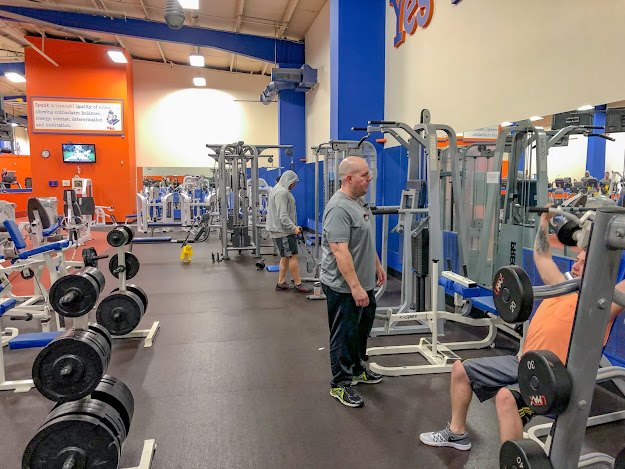3 Tips for Fixing Muscle Imbalances
Have you ever noticed you feel stronger on one side of your body than the other? At the fitness center, can you lift heavier weights with your left arm than your right? Does one leg muscle look visibly larger than the other? If so, you might be experiencing a common training problem – muscle imbalances.
We all struggle with muscle imbalances at some point because we have the tendency to favor one side. For instance, if you’re right-handed, your right arm (and maybe your entire right side) is probably stronger than your left. Usually the difference in strength between the two sides is so slight we don’t notice it– until we hit the gym and start lifting weights with numbers on them.
So, what’s the big deal?
Since we rarely isolate one side of our body for routine activities, it might not seem like an issue to be concerned about. But it is. If you have a muscle imbalance, your stronger muscles are constantly forced to work harder to make up for weaker ones, pulling your body out of alignment and placing you at higher risk for injuries. This is especially true with muscle groups that already tend to be weakened by our sedentary lifestyles, such as the lower back and hips.
The good news is that there are a few things you can do to correct muscle imbalances when you start to notice them.
1. Figure out what’s causing the imbalance.
Before you get focused on fixing a muscle imbalance, it’s important to understand what could have caused it so it won’t keep happening. Here are the two main ways our muscle strength tends to get out of balance:
- Frequent participation in sports that favor one side or muscle group (almost any sport could qualify)
- Repetitive motions at work
Think of things you do every day. Do you always use the same arm or leg? Some of these can be corrected by deliberately shifting our weight, turning to the other side, and switching arms every so often. If you can’t shift the muscles you use, try to find counter-balancing moves and cross-training activities that can help strengthen your weaker side.
2. Add single-side exercises to your training.
When you perform only whole-body movements, your stronger side will take the lead. Isolating each side of your body with moves like lunges, one-legged squats, one-armed presses and rows, and using fitness center resistance machines will allow you to work on your weaknesses.
While you’re increasing the resistance level for your weaker side, be sure to maintain your current resistance level on the stronger side to avoid another imbalance. For instance, if you can lift 25 pounds on one side, but only 15 on the other, maintain the 25 pounds for your stronger side until your weaker side can match it.
Single-sided exercises also engage the core muscles more directly, so you’ll get extra ab work while you’re at it. Be careful to maintain proper form, since you might be shakier on the weaker side. Finally, progress slowly so you don’t over-fatigue the weak side.
3. Increase the volume (number of reps) on your smaller side.
Sometimes it looks like one muscle is bigger than another. Before you try bulking up that muscle, ask for a second opinion – it could all be in your head. If you feel the need to increase the size of a muscle that appears smaller than its counterpart, the best strategy is to increase the number of reps and sets on that side (the volume) rather than just lifting heavier weights.
Remember that imbalances don’t happen overnight, so they can’t be fixed overnight. It will take time and consistency in your everyday routine and workouts at the fitness gym, but you can fix your muscle imbalances to avoid injuries and promote total-body fitness.




Comments
Post a Comment